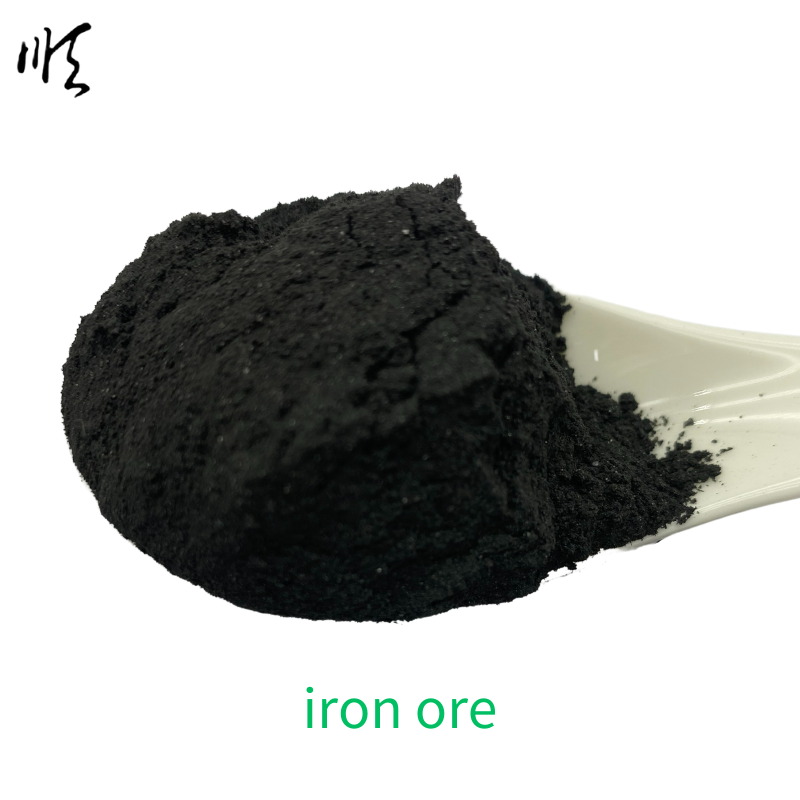
material used in fly ash bricks
The Role of Material in Fly Ash Bricks
Fly ash bricks have emerged as a sustainable alternative to traditional clay bricks in the construction industry. Utilizing fly ash, a byproduct of coal combustion, these bricks not only reduce waste but also offer numerous advantages in terms of performance and environmental impact. This article discusses the materials used in fly ash bricks and their significance in various aspects of construction.
Understanding Fly Ash
Fly ash is produced when coal is combusted in electric power generating plants. The fine particles that are carried away from the combustion process are collected and processed for use in construction materials. It is primarily composed of silica, alumina, and iron oxides, which contribute to the beneficial properties of fly ash bricks.
Composition of Fly Ash Bricks
The primary materials used in fly ash bricks include
1. Fly Ash As the name suggests, fly ash is the key ingredient. Its pozzolanic properties enable it to react with lime in the presence of water, forming compounds that improve the strength and durability of the bricks. The quality and composition of fly ash can vary based on the source, which influences the final properties of the bricks.
2. Cement Ordinary Portland Cement (OPC) is often added to fly ash bricks to enhance strength and binding capabilities. The ratio of cement to fly ash can vary but generally ranges between 10-30%. The inclusion of cement not only strengthens the bricks but also helps in achieving a better consistency in manufacturing processes.
3. Lime Lime acts as a binder and works synergistically with fly ash and cement. It helps in the formation of calcium silicate hydrates, which contribute to the mechanical properties of the bricks. The addition of lime can also improve workability and reduce shrinkage during the curing process.
4. Water Water is essential for the hydration of cement and lime. The amount of water used influences the final strength and density of the bricks. Proper control of water content is crucial to ensure optimal curing and performance of the final product.
5. Additives and Admixtures Various additives, such as superplasticizers, may be included to enhance specific properties. For instance, they can improve workability, reduce water demand, or accelerate setting time. Other additives may be used to impart specific characteristics, such as improved thermal insulation or enhanced fire resistance.
material used in fly ash bricks

Benefits of Fly Ash Bricks
1. Environmental Sustainability The use of fly ash in brick manufacturing helps in minimizing environmental pollution by reducing landfill waste. It also requires less energy compared to the production of traditional clay bricks, resulting in lower carbon emissions.
2. Cost-Effectiveness Fly ash bricks are often more economical than traditional bricks. The use of industrial waste materials like fly ash can lead to reduced material costs and lower overall construction expenses. Additionally, these bricks require less mortar due to their uniform size and smooth surfaces, further reducing costs.
3. Durability and Strength Fly ash bricks exhibit excellent durability, resisting water penetration and weathering effects. They typically have higher compressive strength compared to traditional bricks, making them suitable for load-bearing applications.
4. Thermal Insulation Fly ash bricks provide better thermal insulation properties, which can help in maintaining comfortable indoor temperatures and reducing energy consumption for heating and cooling.
5. Lightweight Characteristics These bricks are generally lighter than conventional bricks, making handling and transportation easier. This lightweight nature can also contribute to lower structural loads, which is beneficial in seismic-prone areas.
Challenges and Solutions
Despite their benefits, fly ash bricks also face challenges, such as variability in raw materials and potential issues with quality control during production. To address these challenges, manufacturers need to implement strict quality assurance processes and invest in research to standardize material properties and production techniques.
Conclusion
The use of fly ash as a crucial component in brick manufacturing presents a promising solution to many challenges faced by the construction industry. With an emphasis on sustainability, cost efficiency, and performance, fly ash bricks are paving the way for a greener future in building materials. As the industry continues to innovate, the role of fly ash and other materials in the production of durable, eco-friendly bricks will undoubtedly play an essential part in shaping modern construction practices.
Share
-
Premium Talcum Powder Enhanced with GPT-4 Turbo | Soft & Long-LastingNewsAug.02,2025
-
Fly Ash Solutions Enhanced by GPT-4 Turbo | Sustainable InnovationNewsAug.01,2025
-
Natural Premium Bentonite Cat Litter - Superior ClumpingNewsJul.31,2025
-
Premium Resin Coated Sand - High Heat Resistance CastingNewsJul.31,2025
-
High Quality Silicon Carbide Grit for Abrasive ApplicationsNewsJul.30,2025
-
High-Quality Ceramsite for Plants & Gardening | Lightweight PebblesNewsJul.29,2025






